
Hoodies are so popular in this country that they have their own season– hoodie season. People get excited about it. We do. There's nothing like a soft, new hoodie.
For that reason, custom hoodies are a fantastic and memorable way to promote your brand, outfit your team, sell lots of merch, or just reward your friends, family, and followers with some warm, snuggly goodness.
But with dozens of competing brands and hundreds of styles on the market, it's hard to know where to begin.
This article makes it easy with 7 helpful tips about the beloved hoodie: the different styles, fabrics, how and where to print on them, plus our expert product recommendations. Let's get into some soft and cozy hoodies.
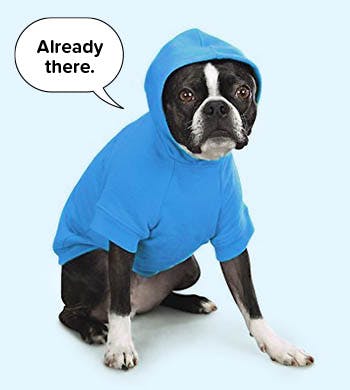
1. Hoodie styles: pullover vs. zip-up
The two most popular styles of hoodies are pullovers and zip-ups. The major distinction between these two styles is how you put them on (hence the names). Zip-up hoodies have two front pockets, while pullover hoodies have one big front pocket. These two styles make up the vast majority of hoodies.
Sure, if you surf around the web, you can find quarter-zip hoodies, button-downs, side-zips, feather fringes, or sleeveless hoodies (for some reason), but these styles tend to be rare and specific to a certain brand or a designer gone rogue.

Let's take a look at the pros and cons of each of the top styles, along with our product recommendations.
Pros: Warmer, easy to print across the chest area and on the front of the pocket. No zipper issues because there is none.
Cons: You can't control your temperature like with the full-zip; you can either keep it on or take it off. Those are your choices.
Pros: More fashion-forward and more versatile as far as ways to wear it and the zipper can be used to control body temperature.
Cons: Printing across the zipper is problematic and not recommended. Zippers can break, become wavy, or bend outward.
Pullover Hoodie Recommendations
GOOD: Gildan Heavy Blend Pullover Hoodie (G185) budget-priced, durable, wide selection of colors and sizes
BETTER: Hanes Ultimate Cotton Pullover Hoodie (F170) moderately priced, thick, comfortable, standard fit, wide selection
BEST: Bella+Canvas Sponge Fleece Pullover Hoodie (3719) premium-quality, super-soft, slim-fit, limitations on colors and sizes
Zip-Up Hoodie Recommendations
GOOD: Gildan Heavy Blend Zip-Up Hoodie (G186) budget-priced, durable, wide selection of colors and sizes
BETTER: Hanes Ultimate Cotton Zip-up Hoodie (F280)moderately priced, thick, comfortable, standard fit, wide selection
BEST: Bella+Canvas Tri-blend Fleece Pullover (3909) premium-quality, super-soft, slim-fit, some limitations on colors and sizes
Pro tip:If the item you choose doesn’t have the colors or sizes needed, or if you want a variation on the same product, our customer support team can always find otherhoodies and sweatshirts in our catalogthat will match the rest of your order. It’s not uncommon to split up an order between different styles and even brands.

2. Hoodie fabrics
Similar to T-shirts, hoodies are made out of all kinds of fabric types and blends. There's cotton, the soft, classic favorite. There's the moisture-wicking performance and ever-increasing technological advancements of 100% polyester. Then there are 50/50 cotton/poly blends and the best of three worlds: tri-blends.
So what is the absolute softest hoodie, you ask?
Sponge fleece: The softest and warmest hoodie fabric
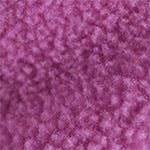
Sweatshirt fleece is a type of fabric that can be made from various materials, like those listed above. Essentially, it has shredded yarn loops on the inside that are brushed to make it all frayed and fuzzy. This technique makes it super soft and helps keep you warmer. But you wanna know what's even softer than fleece? Sponge fleece. It even sounds softer. But it's not as absorbent as terry.
French Terry: The more absorbent hoodie fabric
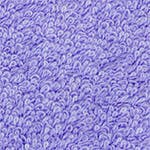
French terry is a fabric type that is lighter weight than fleece and not quite as soft. The yarn loops are kept intact. It’s not as soft as fleece, but while sweatshirt fleece, being a heavier weight material, keeps you warmer, French terry being a lightweight material, can help keep you cooler– because it’s also highly absorbent and more breathable. That’s why they make towels out of it.
3. Hoodie brands
It would be bonkers to go through every hoodie brand we offer, so let's take a quick look at a few of the main brands we customize and give you some basic info about the quality and price points.
American Apparel, Bella+Canvas, and District

These are the top three premium brands for printing. They make some of the best, most well-designed, and fashion-forward styles on the market. If you order hoodies made by one of these three, you know you're getting high quality. American Apparel tends to have a slightly higher price point, while Bella+Canvas and District offer more competitive and affordable prices.
Champion, Next Level, and Hanes

Next up is the mid-range brands. Champion is a classic and the O.G. of this group, as they were pioneers of hoodies in the 1930s. Next Level is like an affordable American Apparel (minus the made-in-the-USA), but their products are great and customer favorites. Hanes is the reliable and go-to brand you're probably familiar with. Depending on the specific product, some of the price points could be considered in the premium range.
Jerzees and Gildan
Our standard brands are perfect for budget-conscious customers, offering great value without compromising on quality. While they may not always have the trendiest styles, that’s evolving as the market gets more competitive. Jerzees has been a trusted choice for years, and Gildan stands out as our top seller, loved for its wide range and dependable quality.

How to use a drawstring:
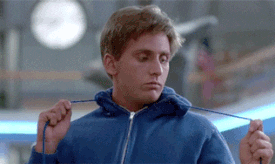
4. Printing on a hoodie
This versatile garment has a variety of possible print locations and customizing methods, but it comes with some restrictions. For example, printing on the front of pullovers is limited by the front pocket (if it has one), and printing on the front of zip-ups is limited by the zipper.
Most restrictions have to do with print locations, but sometimes it can be the construction of a product, like fabric type or seams. Let's look at the print areas, print methods, and some restrictions particular to customizing hoodies.
Hoodie print locations
Below is a graphic showing the standard print locations (also known as print areas) along with a few common alternatives. Remember, these are general guidelines. If you have any special requests or crazy ideas, we can usually make them happen. Try us.
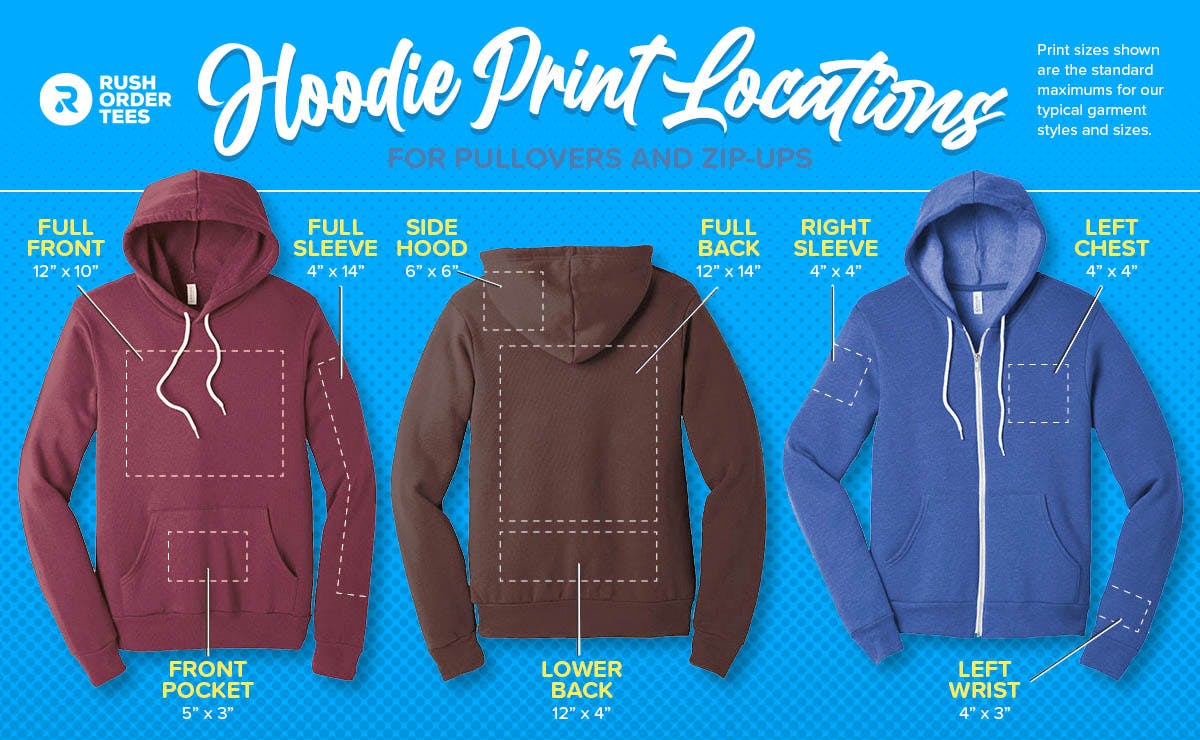
Zip-Up Hoodie printing restrictions
On zipper hoodies, printing across the front is usually a no-go. There are ways to do it, but there are issues like clumpy globs of ink deposited. No one wants that. So as a general rule, we don't recommend printing across the zipper.
But like any rule, there are exceptions.
Ways to print across a zip-up hoodie
- The artwork is designed with a gap in mind for the zipper, measured carefully to be in the center (by using wide letter spacing, for example).
- A hoodie style with what's called a "kissing zipper" (two ridges of fabric run along and extend over the zipper and meet in the middle).
- The printer places the hoodie on a special platen (or plate) with a small valley built into it for the zipper to sit in and avoid the ink deposit.
If you think your design is a candidate for printing across the zipper, one of our project specialists will help make sure the order is set up for success.
Pullover hoodie print restrictions
On pullover hoodies, the restriction is a limited print height on the front. Because of the front pocket (if there is a pocket), the maximum size for a chest print will be only 10″ high– and could be limited to just 6″ on the smallest size hoodies.
If you are printing on the front pocket, the print area is smaller than it looks. Also, it's considered a separate print area from the chest, so that will affect the price.
And no, we cannot print GIF animations. (Yes, people ask).

Hoodie print methods
Screen printing is the go-to method for most hoodie printing. This classic method is vibrant, durable, and pretty much everyone's favorite. Another nice thing is you can print on dark fabrics with no problem. And almost any type of fabric. The trade-off with screen printing is that you pay per color, and set-up charges can be high if you're getting a small run. So keep the print simple.
Heat transfer (or perma-press) is the method to use if you want some shiny metallic foil business or when you have a full-color design but can't afford to pay for all the ink colors. Keep in mind it creates a thin plastic coating on the surface of the fabric, eliminating breathability. So best not to make the design solid.

Dye-sublimation is the method for doing an "all-over print" (almost all over). This is also a good choice for doing a full-color print, like a magical space unicorn design. Everyone has one, right? Dye-sub involves a chemical reaction, skipping the liquid phase when heated and turning into gas that bonds to the fibers. It makes a durable, permanent, brilliant "soft hand" print. Keep in mind that it only works on polyester. So there's that.
Embroidery is the method to keep it classy with your branding, outfit your staff, or brand your hoodies for retail. Keep in mind that embroidery comes with backing on the opposite side of the fabric that can be bulky on thinner garments or slightly uncomfortable in areas of friction (like on the nips). As always, keep your embroidery design small and simplified. The left chest is where a typical embroidered logo or design would go, but we have done some creative print placements, like the wrist or the edge of the hood.
Pro tip: Sometimes a 1-color print is all you need, especially on the premium hoodies. Larger designs and multiple colors can result in a heavier print that changes the way a hoodie feels when it’s worn. You can improve the breathability and flexibility of a design byusing a distressed effect (and it looks cool, too).

5. Hoodie sizes
Generally speaking, hoodie sizes will match what you would typically wear in T-shirt sizes. 100% cotton hoodies will be a bit more susceptible to shrinkage than their polyester and blended counterparts.
As usual, there are exceptions, mostly to do with certain brands, styles, fit, and the differences between men's and women's cuts. It's always a good idea to check the product specs and compare measurements to see if it matches with standard sizing.
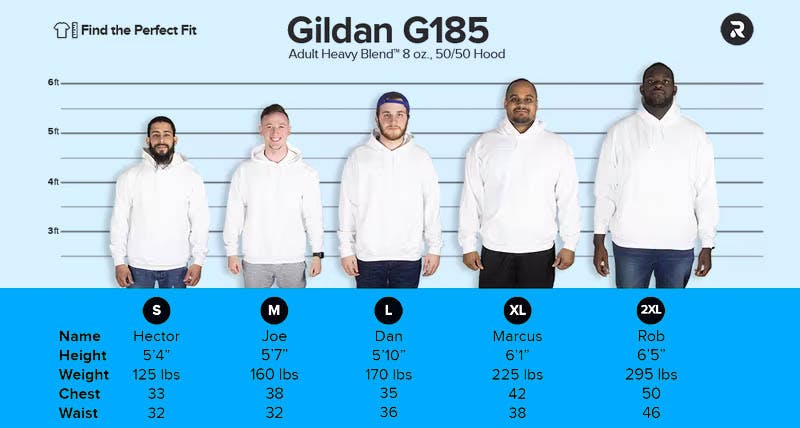
You may also want to consider personal style. Think of it like this: there's people's actual size, and then there's their preferred size and fit.
For example, some people like oversized hoodies. It's a trending look right now. Others prefer them tight and form-fitting. Consider your end-user or target market.
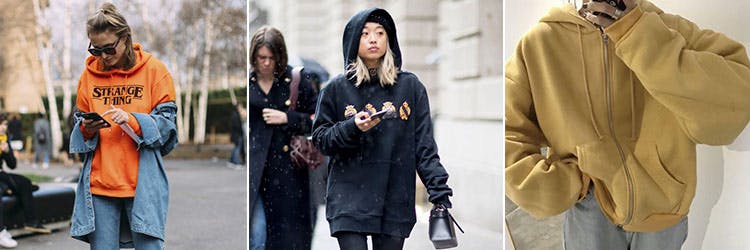
Trending big: oversized (left), very oversized (center), and super oversized (right).
Also, take a look at the photos of the product on models, and compare them to other styles and brands. Look for areas that are baggy or tight– you may notice some major differences.
Pro tip: If you’re doing a group order for a team or your family, just ask around about what people prefer. This is by far the best way to get your order right. Consider using a spreadsheet: get their normal size, and then ask them if they prefer their hoodies baggy or form-fitting.

6. Hoodie fit (or cut)
Choices used to be limited as far as T-shirts, hoodies, and other custom sportswear. Then along came American Apparel to change the game with side seams and "fashion fit" cuts. These items were more streamlined and flattering and took the custom apparel industry by storm.
Nowadays, there are many brands offering fashion fit– also known as retail fit, slim fit, Euro fit, or just fitted.
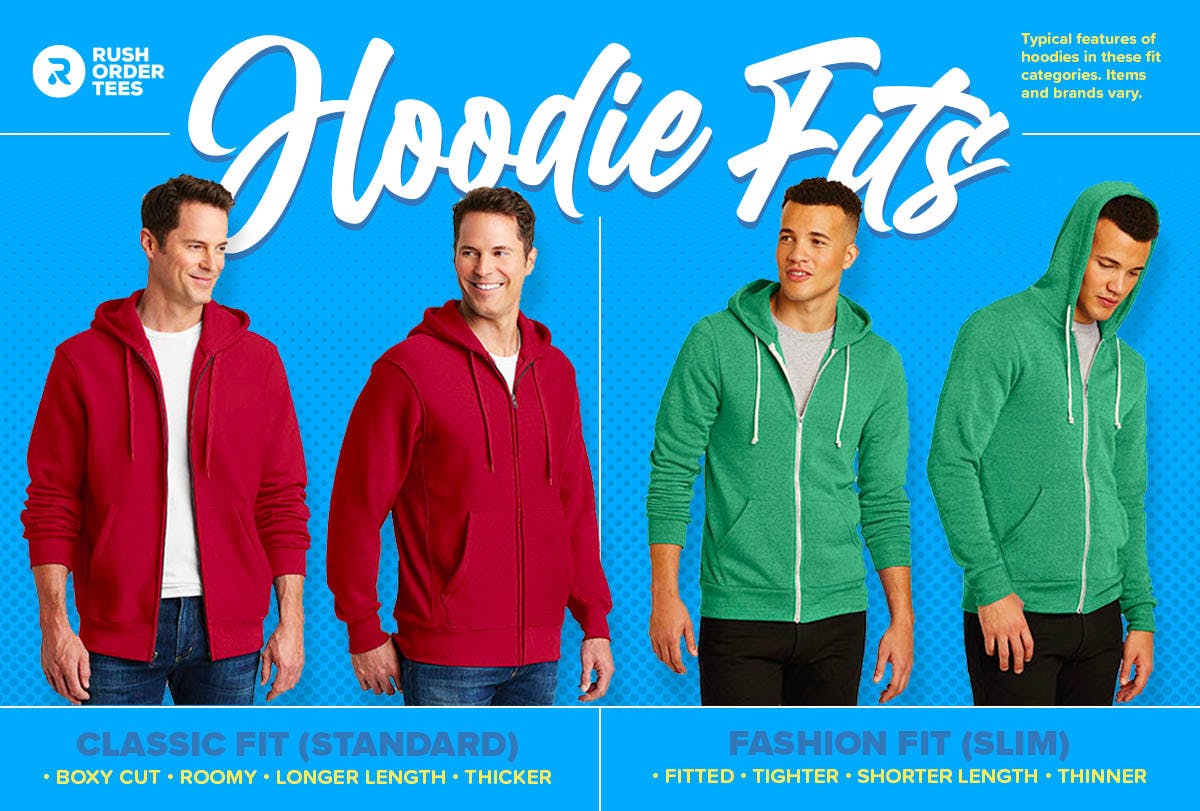
Ladies' apparel has always been fitted, but now some men's styles hug the body and offer a slimmer profile for the more fashion-conscious. Oftentimes these styles will also feature thinner, blended fabrics and well-designed details. You also pay a bit more, of course.
How to be sure: Read the product descriptions carefully. If it doesn't say fashion fit, retail fit, or slim fit, it's most likely standard fit.
7. Men's and unisex vs. women's hoodies
One of the major decisions to make when buying in bulk is whether to purchase all unisex or to split your order between men's and women’s hoodies. If you're selling merch, we highly recommend including women's styles.
Not all hoodie products come in both men's and women's. If they don't, it's called unisex. Unisex is essentially the same thing as men's, with occasional slight variation. Or, in other words, they didn't bother to make a ladies' version of it.
When you do see a style called men's, they will typically have the women's counterpart, also known as a companion style. Everything's always better with a companion, right?

The biggest difference is that the women's hoodies are overall more contoured to the female figure. Specifically, the cut will have smaller shoulders, taper in at the waistline, and flare out a bit at the hips. The men will tend to have more room around the waist, shoulders, and down the arms.
Typically, fashion fits women's sizes "run small." The women's version may not go up to the extra-large sizes in general and may be too small for plus-size women. So you may end up with leftover inventory because people some people might need a size above what they would normally wear.
If you're going for the oversized fashion look mentioned earlier, go with unisex.
Pro tip: For a large or bulk order, when you're guessing the size breakdown, if you want to play it safe, skew the spread slightly towards the larger sizes. That way, you won't have any leftover items in inventory that are too small. If you need a jumping-off point for choosing a typical spread of sizes, read my post about placing a bulk order.


Imri Merritt
About the Author
A graduate of the Multimedia program at the University of the Arts in Philadelphia, Imri Merritt is an industry veteran with over 20 years of graphic design and color separations experience in the screen printing industry.

